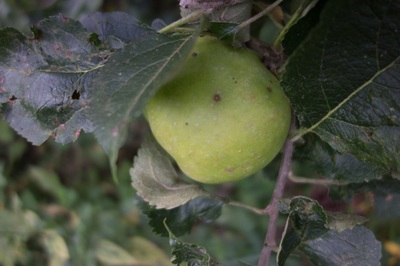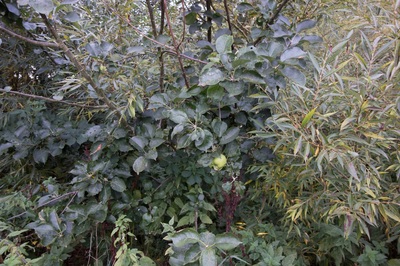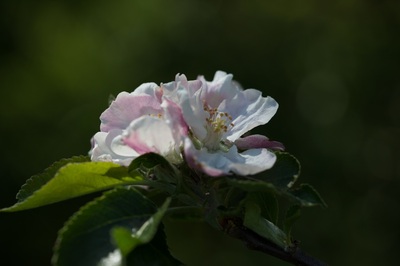bramley
Description
Large flat, round fruit, greenish yellow with slight red flush. Cooks well, gives plenty of juice. A very vigorous grower with thick, spreading branches. This best known of all cooking apples does have some snags: Apart from its size, the flowers are very sensitive to frost, it is not a good pollinator of other apples and, being triploid, it really needs two pollinators to ensure maximum cropping. It was raised between 1809 and 1813 by Miss Mary Anne Brailsford and planted in her garden at Church Street, Southwell, Nottingham. Her cottage, along with the tree, passed to a Mr Bramley a local butcher, and Henry Merryweather offered the tree for sale.
Large flat, round fruit, greenish yellow with slight red flush. Cooks well, gives plenty of juice. A very vigorous grower with thick, spreading branches. This best known of all cooking apples does have some snags: Apart from its size, the flowers are very sensitive to frost, it is not a good pollinator of other apples and, being triploid, it really needs two pollinators to ensure maximum cropping. It was raised between 1809 and 1813 by Miss Mary Anne Brailsford and planted in her garden at Church Street, Southwell, Nottingham. Her cottage, along with the tree, passed to a Mr Bramley a local butcher, and Henry Merryweather offered the tree for sale.
|
Latin name: Malus domestica 'Bramley's Seedling'
Type: culinary Uses: cooking, juice, hard cider Flavour: very good, sharper Pollination group: |
Flowering time: 6th May1(start) 12th May (full) 18 May(over)
Picking time: early October Eating/storing time: 3 months or more Size: large-very large Rootstock: M25 Year planted: 2012 |
| bramley_200th_anniv.pdf | |
| File Size: | 2396 kb |
| File Type: | |


